Hands-on with the GeForce RTX 2080 Ti: Real-time Raytracing in Games
by Nate Oh on August 21, 2018 5:30 PM EST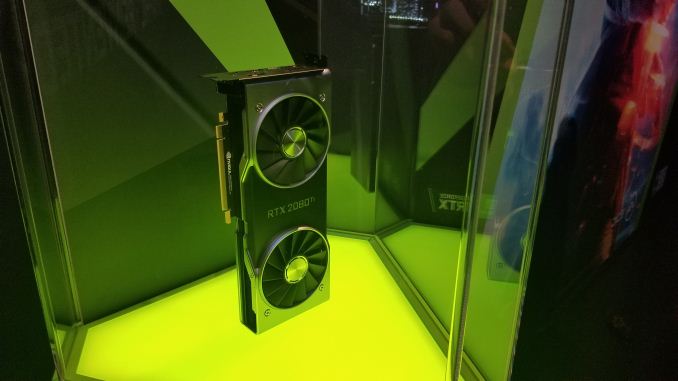
After yesterday’s announcement from NVIDIA, we finally know what’s coming: the GeForce RTX 2080 Ti, GeForce RTX 2080, and GeForce RTX 2070. So naturally, after the keynote in the Palladium venue, NVIDIA provided hands-on demos and gameplay as the main event of their public GeForce Gaming Celebration. The demos in question were all powered by the $1200 GeForce RTX 2080 Ti Founders Edition, with obligatory custom watercooling rigs showing off their new gaming flagship.
While also having a presence at Gamescom 2018, this is their main fare for showcasing the new GeForce RTX cards. In a separate walled-off area, NVIDIA offered press some gameplay time with two GeForce RTX supporting titles: Shadow of the Tomb Raider and Battlefield V. Otherwise, they also had a veritable army of RTX 2080 Ti equipped gaming PCs for the public, also demoing Battlefield V and Shadow of the Tomb Raider (without RTX features), along with Hitman 2 and Metro: Exodus. Additionally, there were a few driving simulator rigs for Assetto Corsa Competizione, including one with hydraulic feedback. These games, and more, support real-time ray tracing with RTX, but not necessarily Deep Learning Super Sampling (DLSS), another technology that NVIDIA announced.
| NVIDIA RTX Support for Games As of August 20, 2018 |
||||
| Game | Real-Time Raytracing | Deep Learning Super Sampling (DLSS) | ||
| Ark: Survival Evolved | No | Yes | ||
| Assetto Corsa Competizione | Yes | No | ||
| Atomic Heart | Yes | |||
| Battlefield V | Yes | No | ||
| Control | Yes | No | ||
| Dauntless | No | Yes | ||
| Enlisted | Yes | No | ||
| Final Fantasy XV | No | Yes | ||
| Fractured Lands | No | Yes | ||
| Hitman 2 | No | Yes | ||
| Islands of Nyne | No | Yes | ||
| Justice | Yes | |||
| JX3 | Yes | |||
| MechWarrior 5: Mercenaries | Yes | |||
| Metro Exodus | Yes | No | ||
| PlayerUnknown's Battlegrounds | No | Yes | ||
| ProjectDH | Yes | No | ||
| Remnant: From the Ashes | No | Yes | ||
| Serious Sam 4: Planet Badass | No | Yes | ||
| Shadow of the Tomb Raider | Yes | No | ||
| The Forge Arena | No | Yes | ||
| We Happy Few | No | Yes | ||
GeForce RTX 2080 Ti Hands-on: Shadow of the Tomb Raider
Starting with Shadow of the Tomb Raider, I got to play through a platforming puzzling sequence that was amusingly difficult to navigate. I thought I was just bad, but the neighboring gamer fared just as poorly and we ended up trading tips on each successive obstacle. Poor skills aside, the game was rendered in 1080p and capped at 60fps with the graphics settings locked, but I could definitely notice framedrops, even though the gameplay was rather slow-paced.
The game was rendering an outdoors scene, but because of the 1080p quality on a roughly 24” screen, I couldn’t see much of an overall quality improvement. Unfortunately, I didn’t realize until afterward that we had the option of capturing our footage, though honestly I’m glad no one was subjected to a video recording of my gaming incompetence.
Because we only had a certain allotted time, we didn’t get to finish that puzzle sequence, but from a real-time ray tracing perspective, it was hard for me to distinguish any added effects. It appears that this opinion was similar enough to others’ that the Tomb Raider Twitter issued a clarification.
GeForce RTX 2080 Ti Hands-on: Battlefield V
For Battlefield V, the situation was similar with a 1080p 144Hz monitor, playing on the Rotterdam map over LAN. There were framedrops during fast-paced scenes and in general it didn’t seem like it could keep up with the game. Again, there was no FPS info available but the RTX 2080 Ti was almost surely not cranking out constant 60fps. Here, the real-time ray tracing was quite noticeable, with vivid dynamic reflections in puddles, windows, and river. Even at 1080p, those features added to the overall image quality, though the ultimate performance cost was unclear. Framerates aren't a good tradeoff for image quality in fast-paced FPS', though for the record, I’ve always been terrible at shooters (except maybe Halo 2).
While the in-game real-time ray traced footage trailer is obviously putting the game and RTX in the best light possible, there is visible merit in explosions and lighting being reflected where they should. This time around, recorded gameplay footage could not be published until a later date, so words are all we have.
Assetto Corsa Competizione, Custom Models, and GeForce RTX 2080 Ti Photo Ops

Venue-goers try out the racecar rig after my turn is up
I also tried out Assetto Corsa Competizione on the rig with hydraulic suspension feedback, the whole setup being apparently worth over 40,000 euros. Only to find out what I already knew: I can’t drive a racecar (or non-automatics). The game is less intensive than Battlefield V or Shadow of the Tomb Raider, and on that note I didn’t notice any framedrops as I was half-racing half-crashing around the track.
In Gamescom proper, there were a few GeForce RTX 20-series AIB cards on display, including EVGA and Palit/Gainward. The Palit/Gainward representative mentioned their custom cards would be due mid-September, and that they had yet to start shipping, an interesting but unsurprising tidbit considering NVIDIA had just announced a firm date.
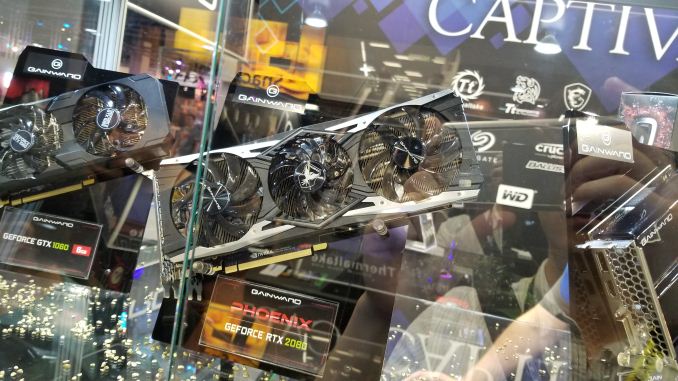
With real-time raytracing, games will be able to recreate realistic reflections as seen in bad photos like this one...
NVIDIA even had a Gamescom booth with just the GeForce RTX 2080 Ti in a glass display stand, meant for photo ops. People got an NVIDIA RTX T-shirt out of it but it was somewhat amusing to see people line up to take a picture with a graphics card in the middle of a million public gaming demos.
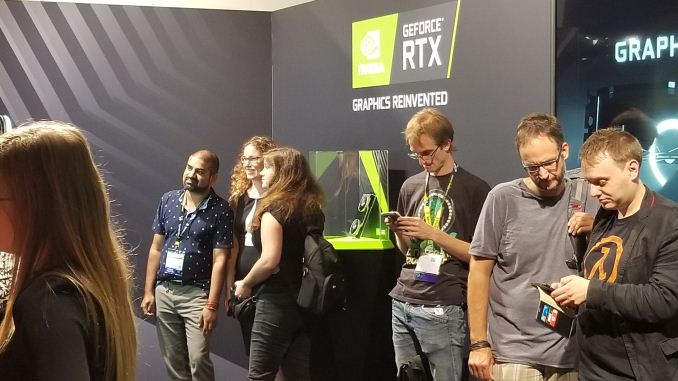
Somehow, I think it would've been more 'normal' to see people take selfies with a graphics card
In any case, I think there are a few relevant takeaways from the hands-on:
- RTX in terms of real-time ray-tracing is still in development, which is something confirmed by developers themselves for Shadow of the Tomb Raider and Battlefield V;
- As presented thus far, RTX in terms of both real-time ray-tracing and deep learning super sampling (DLSS) require developer support and implementations may vary between them;
- As presented thus far, RTX in terms of a technology or a platform is fairly confusing for gamers, because includes a few different technologies like real-time ray-tracing and deep learning super sampling (DLSS), but also provides the namesake for the “GeForce RTX” 20-series and “GeForce RTX” branded games (we will explain all this in detail when the time comes);
- The demos didn’t clarify apples-to-apples performance differences between the GTX 1080 Ti and RTX 2080 Ti
- September 20 is a long time to go without third-party objective analysis




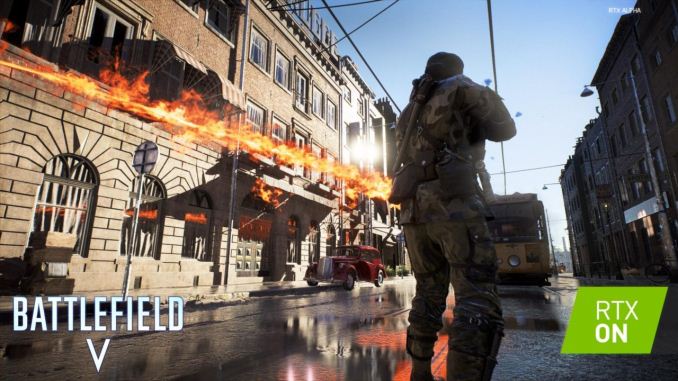
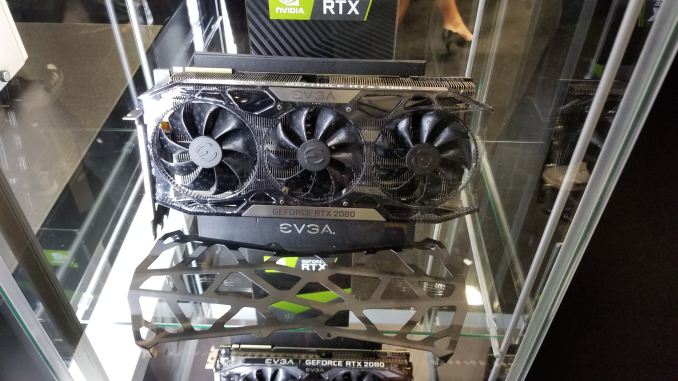
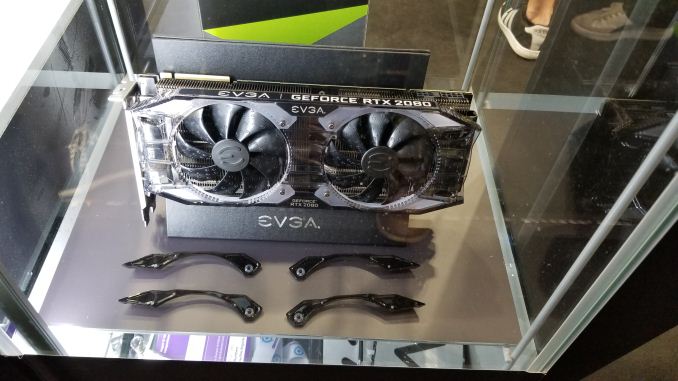
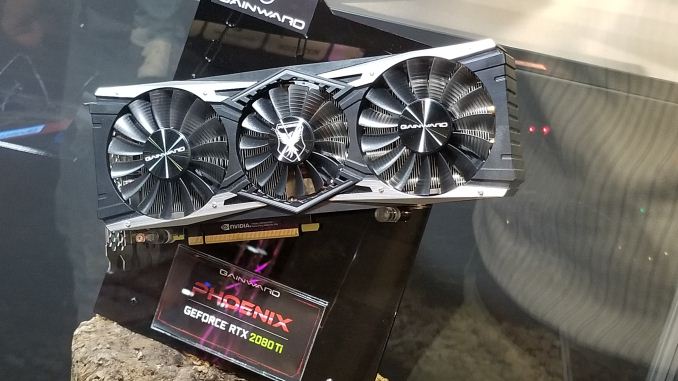
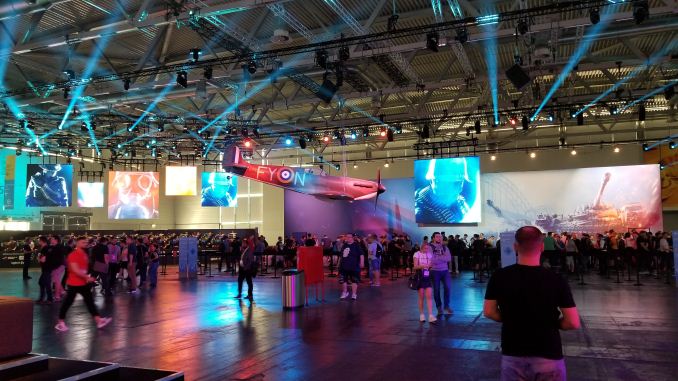








103 Comments
View All Comments
eddman - Wednesday, August 22, 2018 - link
Yes, they do but first you need to know what physx really is. It's a complete physics engine. It has two modes, CPU and GPU accelerated.What you were referring to in your comment is the GPU mode that only runs on geforce cards. It never really caught on because of that limitation. Radeon cards were left out. Only a small number of games have GPU physx.
However, a game developer can implement physx in its CPU only mode, meaning it can run on any PC, regardless of the graphics card used. There are a lot of CPU-only physx games out there. Even the UE4 infiltrator demo uses physx. Actually, physx engine is built into unreal and unity engines.
piiman - Saturday, August 25, 2018 - link
You left out the "and if sucks"Impetuous - Wednesday, August 22, 2018 - link
These days I often have more fun playing low-fi indie games than the kind of games that are going to be using all this specialized ray-tracing. The only reason I follow any of the GPU news is the increasingly quixotic hope that I'll get better FP32 compute for less, and this looks like another disappointment. Anyone know if there will be CUDA-type programmatic access to the ray-tracing engine outside some game-specific API?philehidiot - Wednesday, August 22, 2018 - link
I've heard nothing about that and I've kept an eye out whilst I've been reading. I suspect the priority is to get the thing working properly for games first and then maybe work on something like that.frenchy_2001 - Wednesday, August 22, 2018 - link
Volta had access to the tensor core, which are core doing matrix Multiplication + addition in FP32xFP32+FP32 -> FP64.Not sure (yet) of the precision of the tensor cores on turing and the acces to it, but it will be at least FP32xFP32+FP32->FP32 and should be cuda accessible.
Heard nothing about the RT core (so far)...
Arbie - Wednesday, August 22, 2018 - link
"These days I often have more fun playing low-fi indie games than the kind of games that are going to be using all this specialized ray-tracing."You aren't supposed to point out how few high-end games are even worth playing, never mind the eye-candy or FPS. Widespread consideration of that would lead to a graphics market collapse. Please get back in line.
twtech - Wednesday, August 22, 2018 - link
Sounds like it's not quite where it needs to be for good performance, but the promise is there. In another generation or two when the raytracing hardware is 5x more powerful and the game support is better, it will be a must-have for high-end PC gaming.mapesdhs - Wednesday, August 22, 2018 - link
Ooh! Reflections in puddles! Awesome! 8) Well actually no, I couldn't care less. I would be far more impressed if falling rain (or from wherever else) could properly accumulate, flow, cause damage, make things rot, affect vehicles, freeze at night, form fog later, etc.
This obsession with purely visual eye candy is just an extension of the fad for crazy FPS rates. What matters is functionality, immersion is about a believable environment. That door might look awesome, but if it can't be opened (if it's just some fancy texture or whatever), then it's not a door. If an object can't be picked up, then it's irrelevant no matter its appearance. Immersion gets broken any time one tries to do something that isn't possible because the game world doesn't support it.
A teapot in a virtual world should be able to make tea, regardless of how well it reflects its environment.
http://www.sgidepot.co.uk/reflections.txt
frenchy_2001 - Wednesday, August 22, 2018 - link
This is a chicken and egg problem.Adding graphics is purely optional and you can cut those without detracting from the game (too) much.
Adding gameplay features cannot be optional. This was tried (and failed) during the physiX era, where a few game depending on the new PhysiX hardware came out, using destructible environments and interactions and commercially flopped as so few people could actually run them.
This is why most Physix interactions lately are, again, cosmetic (swirling papers in batman for example).
To have better interactions, your full market needs to support it, to have a chance of selling it. However, few people want to buy new hardware if nothing supports it... This locks us in cosmetics or forces companies to sneak/force capabilities in (to start the user base).
eddman - Wednesday, August 22, 2018 - link
Yes, PPU/GPU based physx was doomed to fail, since it didn't work on radeons and consoles.CPU mode physx caught on though. It's nowhere as fast as GPU mode, but runs on pretty much all major platforms. You can have gameplay related destructible environments running on CPU, although you cannot have as many elements as the GPU mode, obviously.